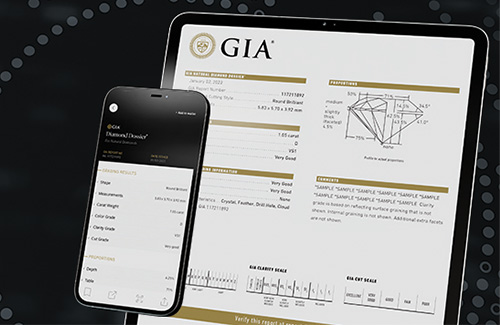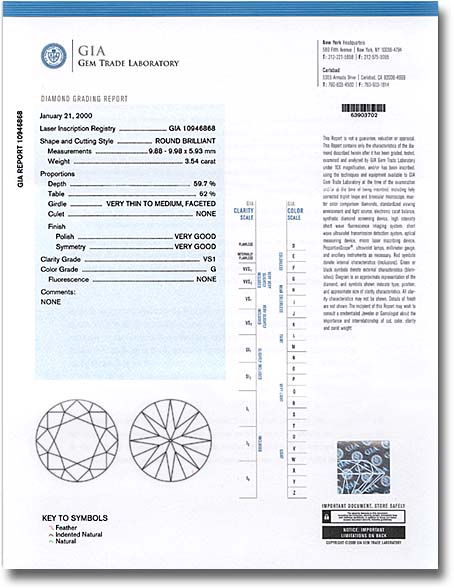
The start of 2023 marks a significant milestone in the digital transformation of the global diamond industry – the launch of the fully digital GIA Diamond Dossier, the most widely available diamond grading report in the world. The GIA Diamond Dossier is available for D-to-Z diamonds from 0.15 to 1.99 carats without colour treatments. Printed GIA Diamond Dossier reports issued before January 2023 remain valid.
Tom Moses, GIA Executive Vice President and Chief Laboratory and Research Officer, said, “The launch of the digital GIA Diamond Dossier report starts the conversion of all GIA’s laboratory reports to a modern digital format. This important change improves data security, offers efficiencies across the supply chain and reduces our reliance on paper.”
The first digital GIA Diamond Dossier report was issued at the GIA laboratory in Ramat Gan, Israel, on Monday, 2nd January 2023. More than 33 million printed GIA Diamond Dossier reports were issued since the introduction of the service in 1998.
Pritesh Patel, GIA’s Chief Operating Officer, added, “In 2025, when all GIA reports are digital, retailers and consumers will find greater convenience and a more immersive experience. Eliminating printed reports is an important advancement, reducing the impact of using, shipping and storing the nearly 40 tons of paper and plastic that go into printed GIA reports each year.”
The secure digital GIA Diamond Dossier is available in the reimagined GIA App or on computers, tablets and phones through the robust and secure online GIA Report Check Service and the GIA advanced application programming interface (API) for commercial users. The digital report service includes a Report Access Card with the report number, a QR code linking to the digital report and 4Cs information to embed into receipts, invoices and e-commerce sites.
The new GIA App is widely available for Apple and Android devices. The Android app for China is in development and will be available at a later date. The GIA Match iDTM inscription matching service is expected to be available in the first half of 2023, accessible exclusively through the reimagined GIA App.
Printed GIA Diamond Dossier reports issued before January 2023 remain valid.

